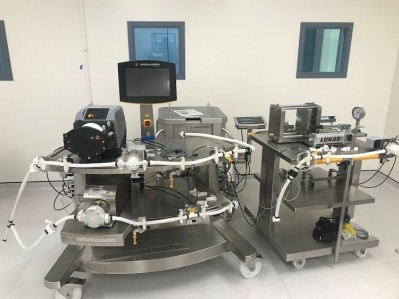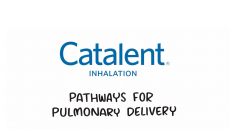The Good, The Bad and the Ugly of CMO partnerships: A biotech perspective

California-headquartered Ardelyx outsources all manufacturing, senior director of active pharmaceutical ingredient (API) engineering James Kanter told us in the lead up to his presentation at this month’s DCAT Week.
His talk, titled ‘The Good, the Bad and the Ugly’ discusses strategies for optimizing manufacturing and supply for emerging pharmaceutical companies.
According to Kanter, Ardelyx – which employs fewer than 100 staff – is too small to manufacture itself.
“There are so many CMOs out there that are very good at manufacturing,” he said.
“The fixed cost of having a manufacturing site is certainly not worth it, especially for small molecules.”
Once the company has developed its molecules to a certain level, it turns to outsourcing partners for clinical trials, and hopefully commercialization, he added.
Ardelyx develops small molecule compounds for hyperphosphatemia, and irritable bowel syndrome with constipation (IBS-C), for which it is in the process of writing a new drug application (NDA).
Including supply agreements with API suppliers, Ardelyx has approximately 20 manufacturing partnerships – 80% of which are in Europe, 10% in North America, and 10% in China.
Kanter said when selecting contract manufacturers, he often turns to familiar companies.
“From an API perspective, I have a huge network of CMOs that I’ve worked with in the past, so my first choice is to go to the CMOs that I’ve worked with in the past and that have done a very good job for me,” he told us.
Managing partnerships
During his talk at DCAT Week, Kanter will reveal a set of rules he has developed over his career – from both a marketing authorization holder (MAH) and CMO perspective – aimed at managing outsourcing partnerships.
“What I’m trying to get across in this talk is the importance of communication,” he said.
Language barriers between North American MAHs and European CMOs can cause issues, he said: “People work in English, but words in English mean different things to different people.”
One can easily believe an instruction is understood, only to later realize there was a misunderstanding, he added.
Kanter plans to walk the DCAT audience through three case studies, detailing when these rules have worked, did not work, or weren’t applied effectively, from both sides.
“If you follow these rules, you shouldn’t run into issues,” he added.


















